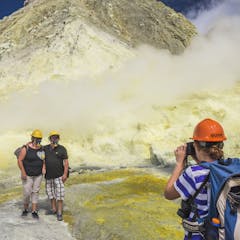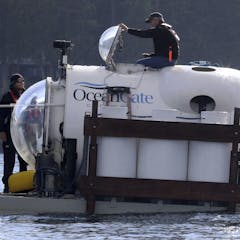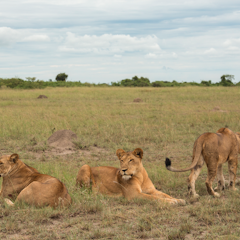
Articles on Adventure tourism
Displaying 1 - 20 of 21 articles

Tourists can do a number of things to avoid dangerous encounters with monkeys.

Everyone involved in the tourism industry will need to manage risk differently after a court found the landowners of Whakaari/White Island guilty of breaching the Health and Safety at Work Act.

Advances in technology have allowed tourists to go to places and do things they couldn’t in the past. But in extreme environments, the consequences of failure are high.

Not only do risky activities make people feel euphoric, they also convey status. But should there be limits on what tourists can do?

In the 19th century, several English women wrote accounts of their world travels. While considered by some as second-rate travellers, they were just as restless as their male contemporaries.

The reduction of foreign tourism is an opportunity for Africans to experience many of the continent’s premier parks at a discount.

Wildlife tourism is big business – until a pandemic halts international travel.

Tourism ventures in a water-stressed region like southern Africa need to balance the needs of guests and staff with the needs of surrounding communities.

Whale breaches and tail slaps look great from a distance. But they can pose a threat if you want to get up close and swim with these giants of the ocean.

How communities in Botswana are counting the costs of a trophy hunting ban.

A new study evaluates what South African landowners who run trophy hunting operations would do in the event of a hunting ban.

Nepal’s past dealing with multiple disasters, including the aftermath of its civil war and the massive earthquake of 2015 may have helped the country prepare for the current COVID-19 crisis.

Closing the climbing season will provide valuable time for recovery from the effects of intensive tourism, but will prove difficult for those working in the industry.

The rise in adventure tourism is prompting a close examination of how to regulate it. But how to regulate risk without killing the adventure?

The tragedy at Whakaari/White Island highlights the need for consent forms to ensure tourists are fully informed when choosing to visit dangerous locations.

Visiting an active volcano involves risk. Hazard monitoring systems can issue warnings but in the case of the privately-owned White Island, the decision to take a tour falls to tourism operators.

Seeing wild animals can be the highlight of a holiday, and help pay for conservation efforts too, but we have to respect the animals.

The 2019 season has been one of Mount Everest’s deadliest for climbers.

Recent deaths and climate breakdown are leaving more and more bodies on Everest. A new way forward is needed to recover the mortal remains of climbers with dignity and respect.

Overcrowding and inexperience is proving a dangerous combination on the world’s highest peaks. Is it time to introduce controls on who can climb them?
